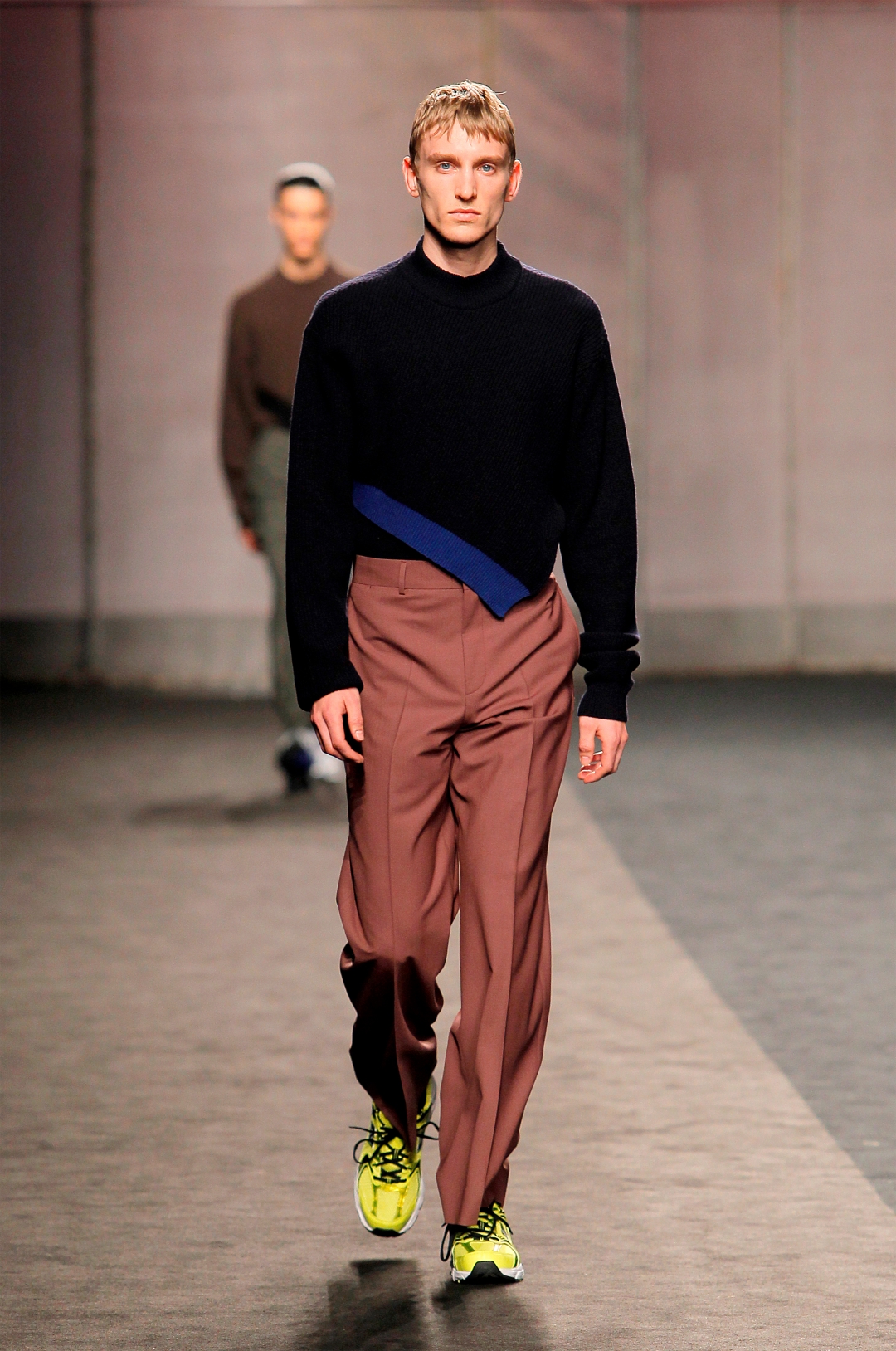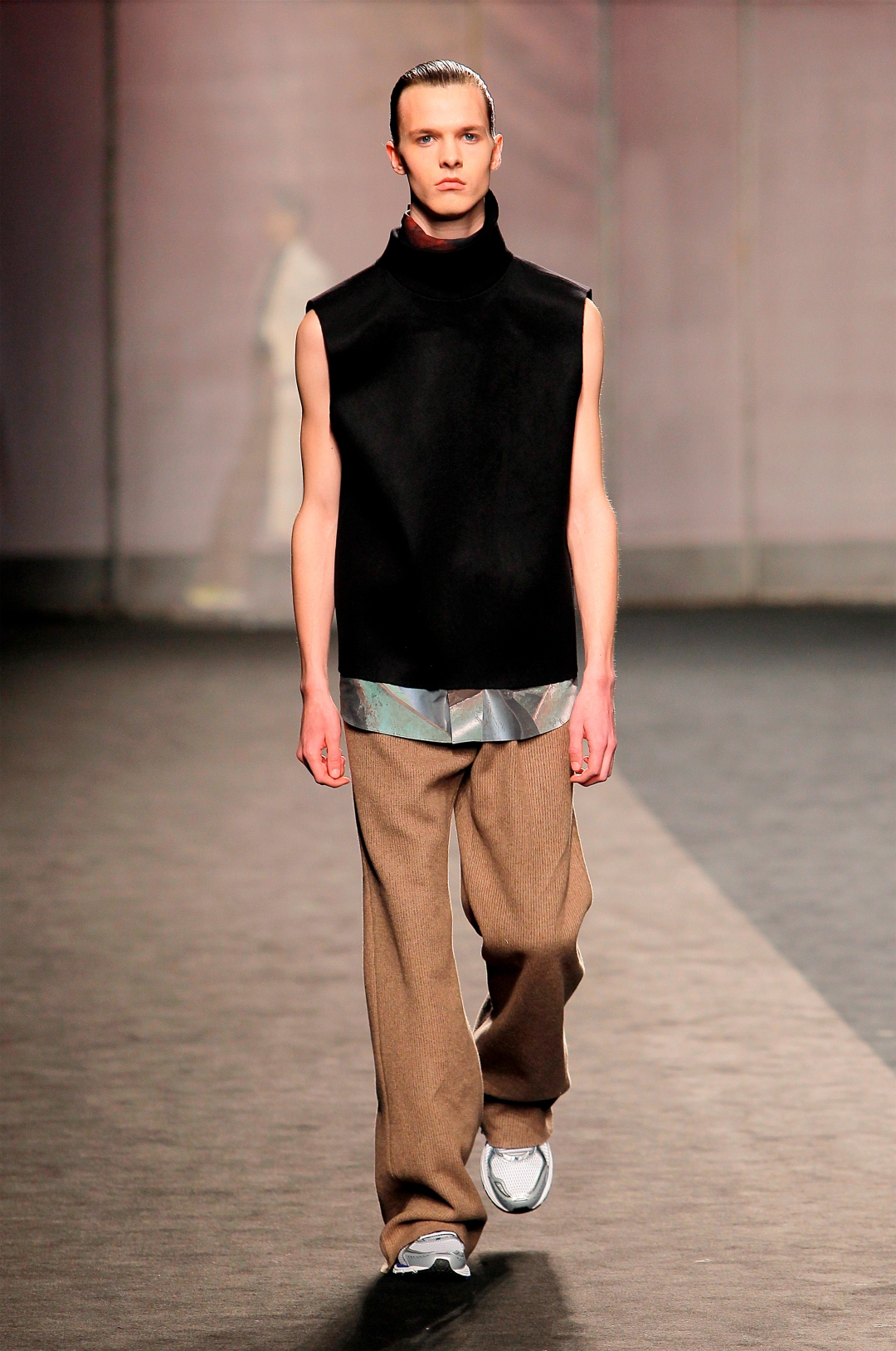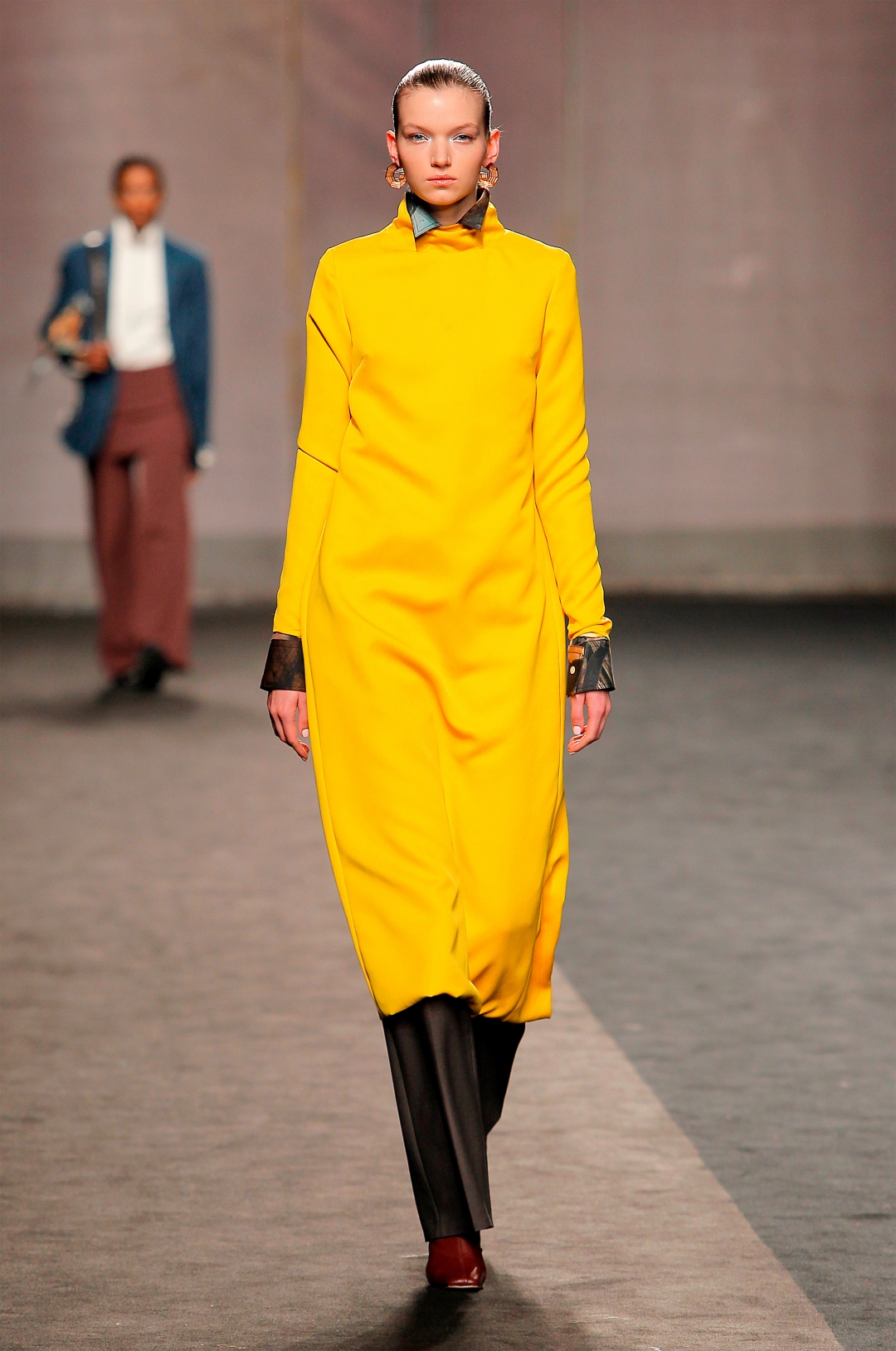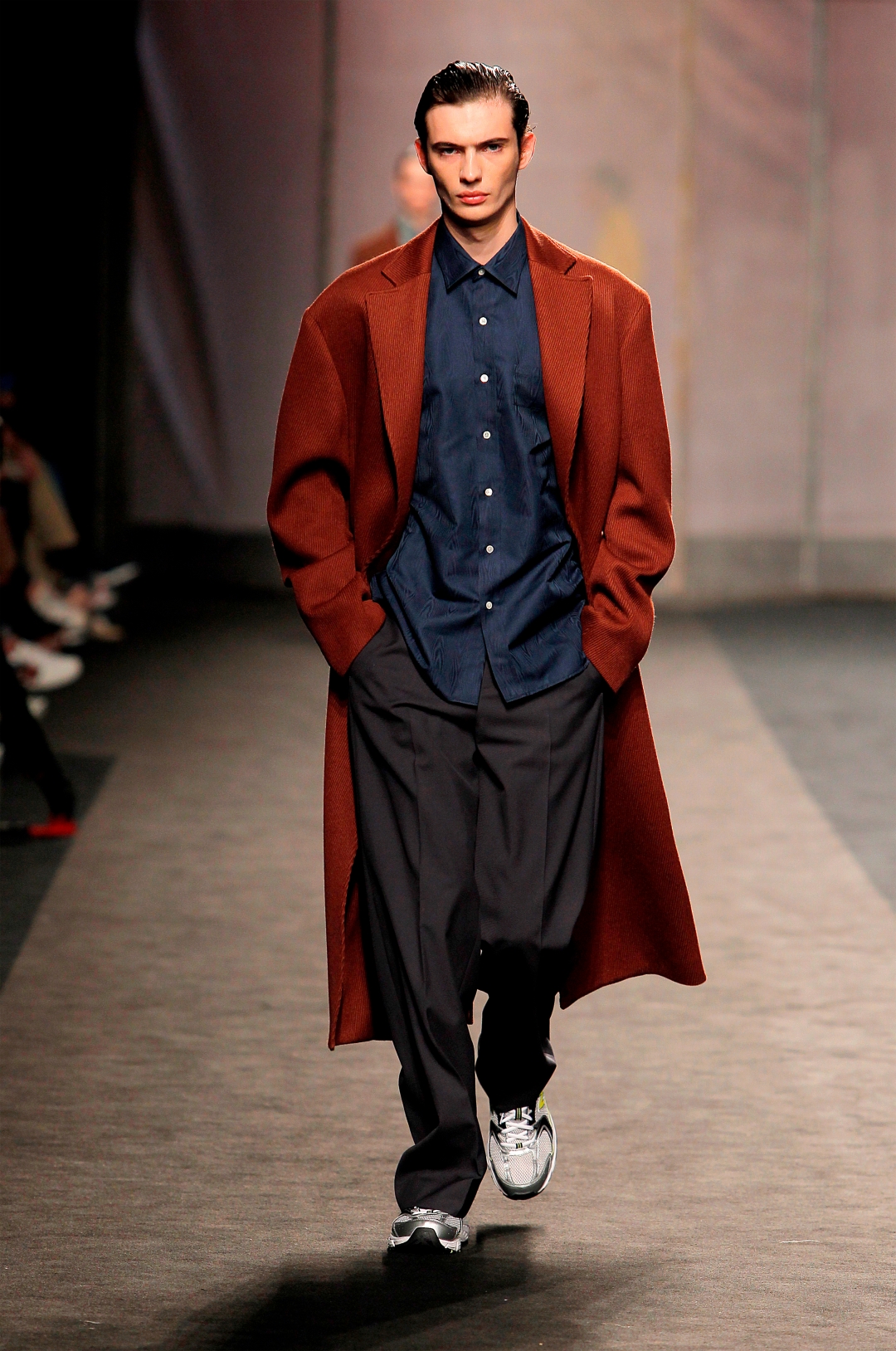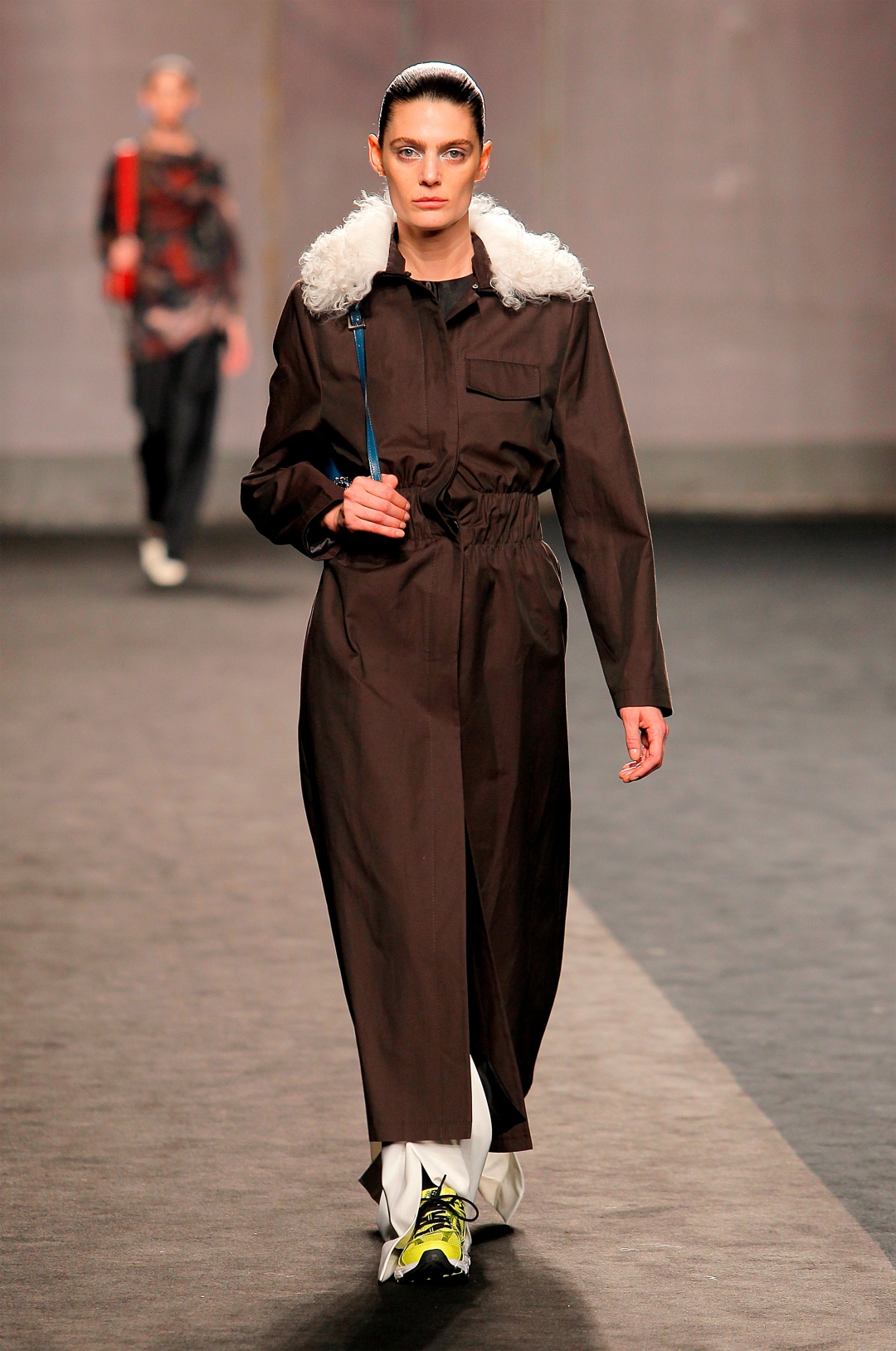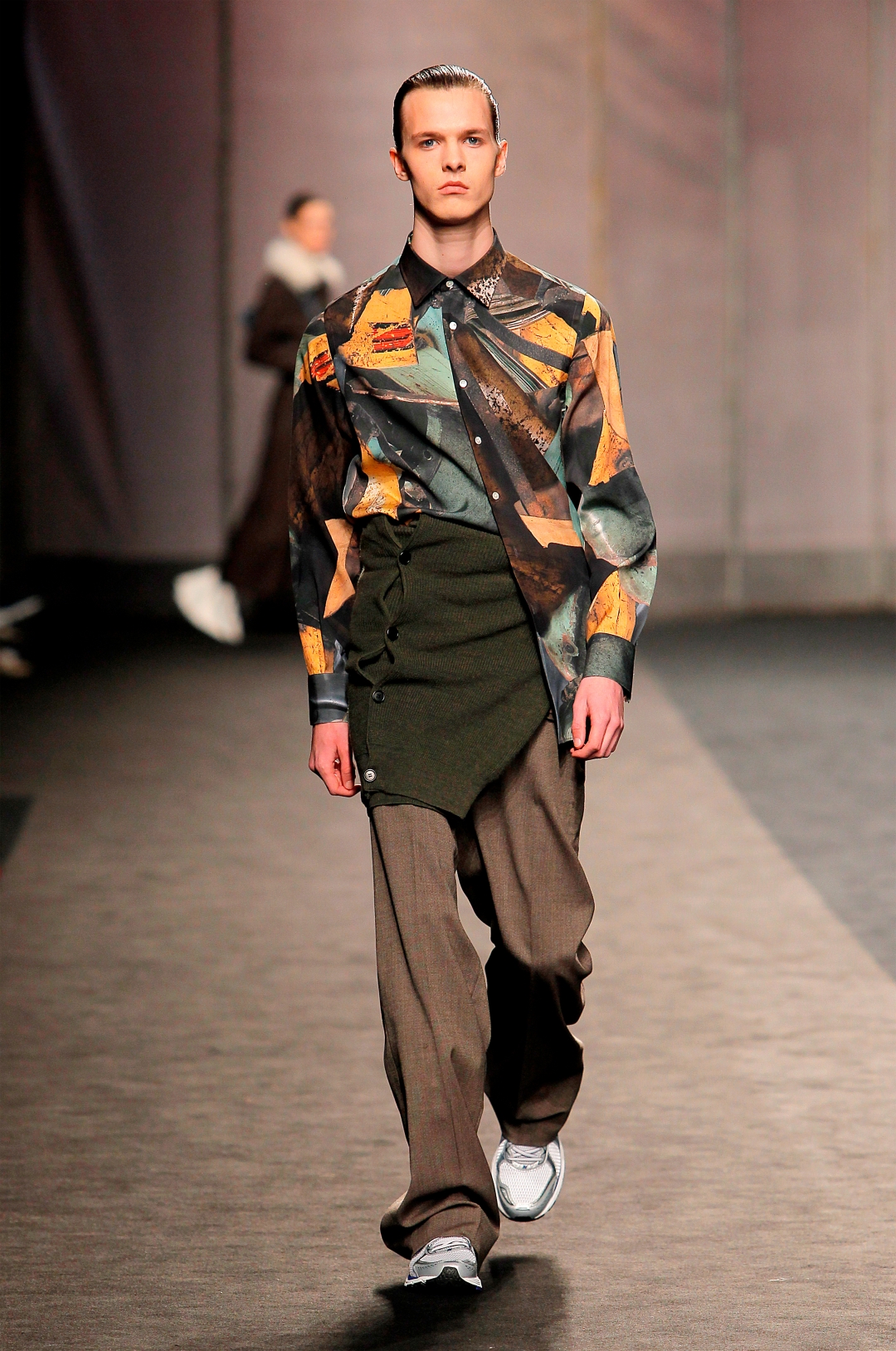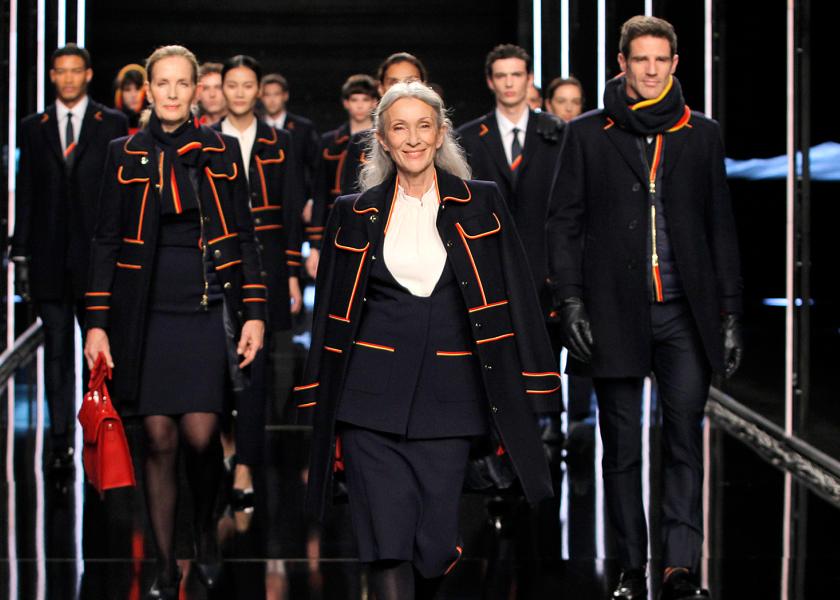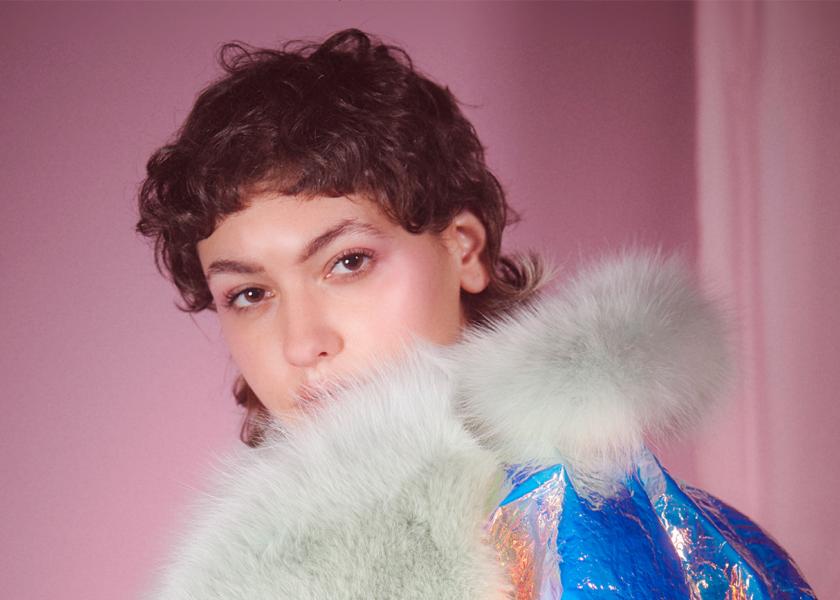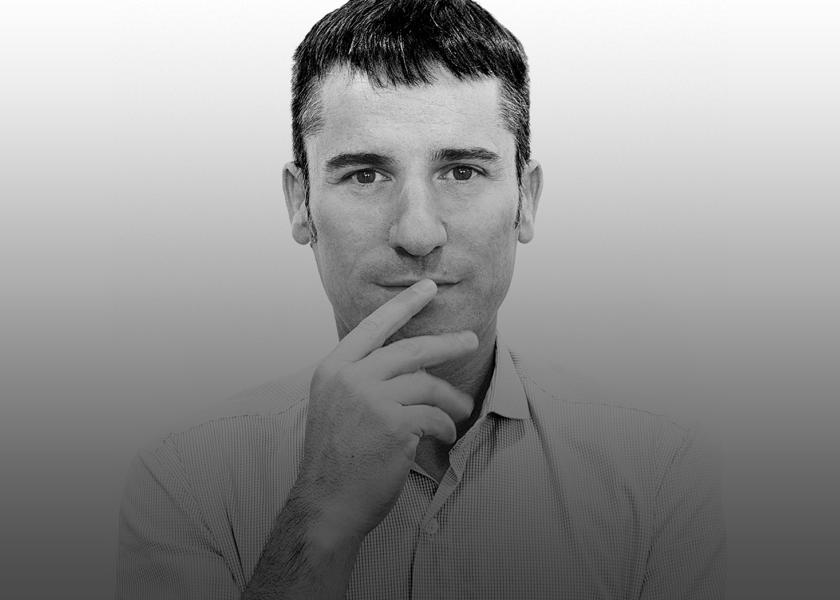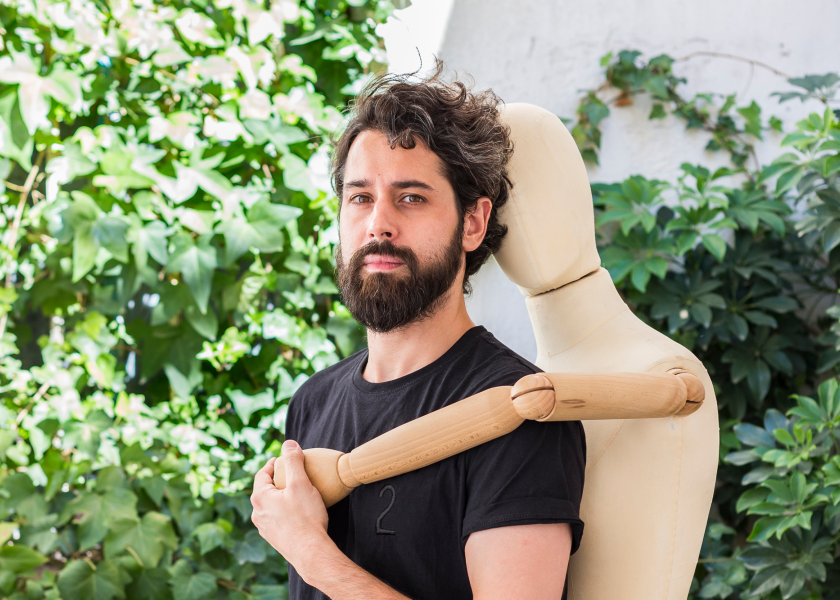Duarte
Tailoring for Millennials
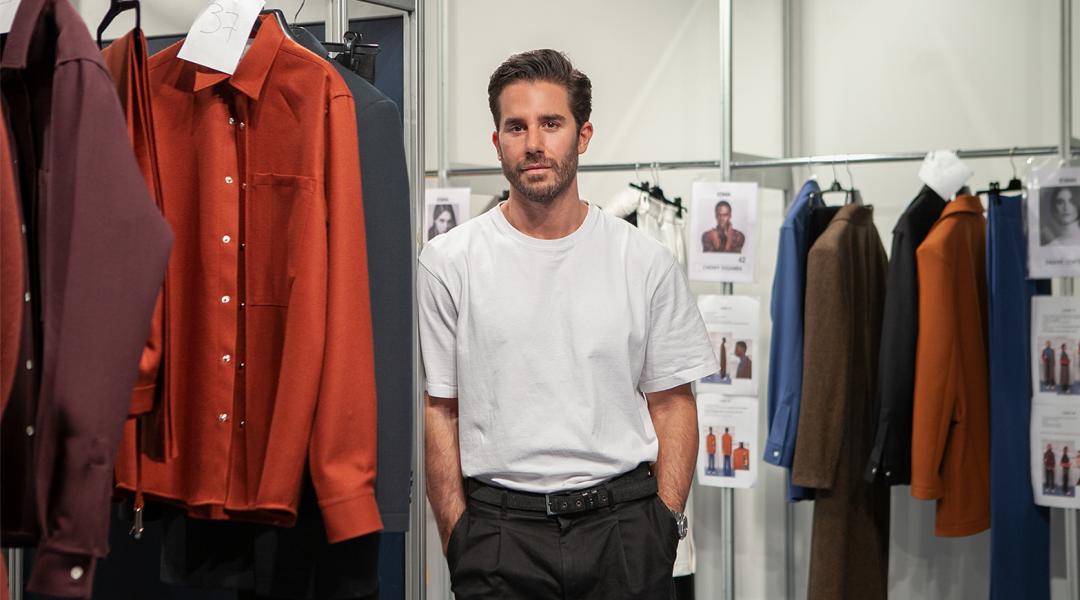
The exactitude of classic tailoring brought forth to our time is the proposal that Duarte has used to strike a chord with new generations. Impeccable patterns that work with padded waistcoats or sandals. These are the codes of the renewed wardrobe icons we have seen during his show at MBFWMadrid.
When Kiko Font (Málaga, 1990) took over as creative director of the brand in 2016, he knew that blurring classic tailoring codes was necessary to strike up a conversation with other generations. This is how he has convinced millennials that wearing a suit is a good idea. A concept that offers inclusive sizing suitable for any gender and that invents a particular feminine version, where blazers and trousers are interpreted from a dress. Although in theory, the proposal may remind us of those 90s designs by Ann Demeulemeester or Helmut Lang, they have a contemporary vibe. His “classic but renewed suits” are sold today in Italy, Germany, China and the United States, therefore confirming that good tailoring has a new certificate of origin.
Tailoring is normally associated to Italian and British fashion. How have you introduced the “made in Spain” brand?
What we aim to do is decontextualize the suit through colours, textures or adjustments. We aim to make it more contemporary and modern. In short, to relax the view of classic tailoring, but without putting quality aside. And always with impeccable pattern designing, good fabrics and finishes.
Are you everyday tailors?
We have something for everyone, because we also make tailored dinner suits and garments, like tailcoats. But the ready-to-wear tailor is for day-to-day. The idea is to be able to use the trousers and blazer separately.
Are you focused on bringing tailoring closer to millennials and Generation Z?
Yes, the idea is to spark the interest of a younger audience. We make suits that can’t be found anywhere else because of their design or colouring. They are perfect for those who don’t feel comfortable with more classic tailoring. We make suits that can be worn with a padded parka or waistcoat, for example.
You design clothing for both men and women that both genders like. Have you aimed to blur this barrier?
We make suits from a men’s size 44, which is a women’s size 36 or 38. This way, women can also wear a masculine tailored suit. But there are also guys who wear blouses and others who dare to wear patterns. The new generation has no fear and can use clothing typically belonging to the other gender without any issues.
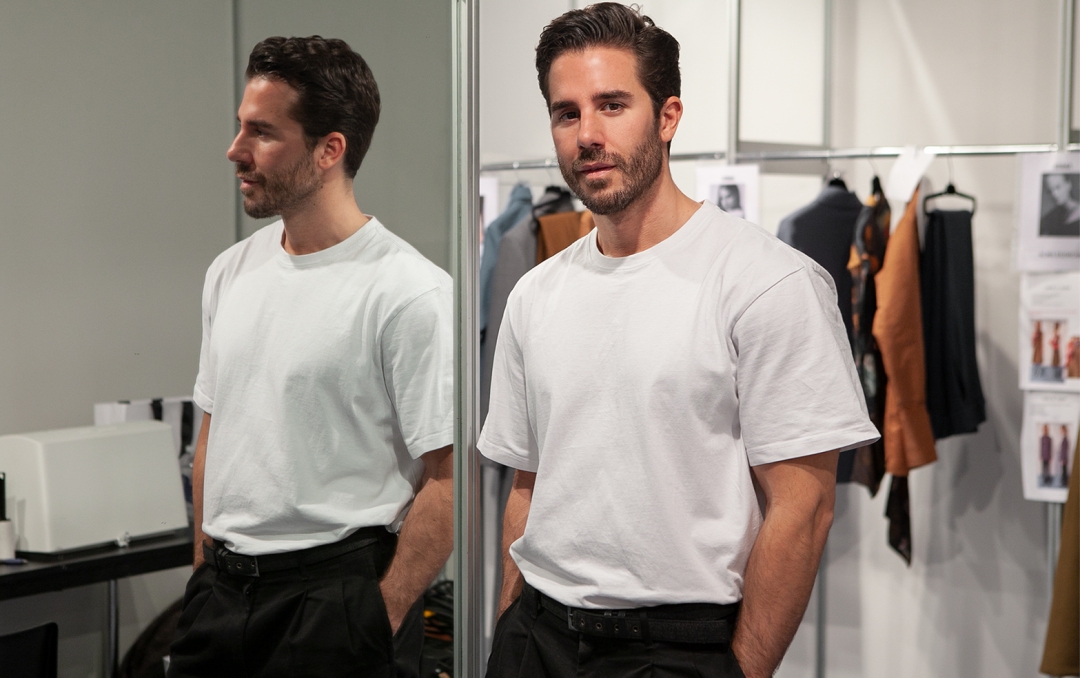
Kiko Font in the brand’s dressing room at MBFWMadrid 2020. © Kela Coto
You worked for Juanjo Oliva and Jorge Vázquez, two brands with strong links to what is understood as classic femininity. Have you inherited anything from them?
What I learnt from both of them is how to manage a fashion business, the clothing trade and how workshops work. Now that we’ve started making custom-made suits, it’s helpful to know what steps to follow.
What sparked your interest in tailoring?
It’s something that I’ve always loved. I remember seeing my father wearing good suits when I was young. He kept them in a dressing room and they always caught my attention. I liked to take notice of details like the lapels, the shape that they were set in. At the time, I was already interested in the inside of garments and how they were made.
As an expert, what is the most important part of a suit?
All the elements that make up the lining of a blazer are responsible for making it look impressive on the outside. A blazer is like a puzzle: it’s built with pieces that need to fit together perfectly. The mane, interfacing, shoulder pads... These determine whether the garment has good finishes and looks good.
For your last collection, you were inspired by sculptor Dan Falvin. Is art a recurrent theme in your imagination?
It’s the same as with tailoring. It’s something that’s been instilled in me since I was young, that I grew up with and that happens spontaneously. I always try to link my collections to an artist, whether plastic or not, or even a writer. I like these connections because I believe that fashion is an art. I want to make garments that last. That you buy a coat and it evolves with you, that it has a story and withstands the test of time.
“I always try to link my collections to an artist, whether plastic or not, or even a writer. I like these connections because I believe that fashion is an art”
Nevertheless, your new collection alludes to the automotive sector.
The inspiration comes from some car prototypes from the 50s. Our starting point for our collections is always colour. We present the colour palette on a mood board and develop it, and that’s where the concept comes from. This idea, for the MBFWMadrid, came from seeing a documentary about Alfa Romeo cars that were never put on the market, but models were made in different colours and finishes. These tones fit in very well with our collection and from there we developed silhouettes and shapes.
Which key pieces have emerged from this idea?
Above all, boiled wool and cloth coats and tailoring. We’ve also designed a pattern inspired by car parts, a type of rapport [a technique similar to handmade screen printing] in different colours that will be printed on T-shirts, women’s tops and skirts. There will also be a lot of layers and wool shirts.
Is a dress a garment that you also conceive from a tailor’s point of view?
Although dresses from summer collections are much more flowy, this season’s dresses are closely connected to tailoring. Their sleeves are inspired by blazer sleeves.
Who wears Duarte?
Whoever wants to. We are very connected to good fabrics, art and quality. I like to think that people with those interests, that understand that connection and enjoy it. People who put on the garment and feel that it fits. Some people force themselves to dress a certain way and you can sense that they don’t feel comfortable. We hope that this doesn’t happen with Duarte. We want those who wear our pieces to make them their own, that they look for the brand and not the other way around.
